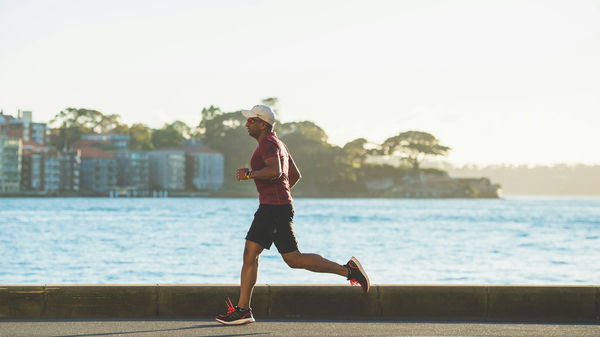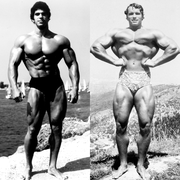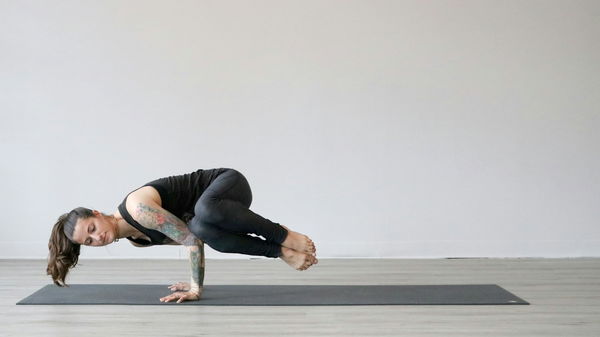

Whether it’s for competitive bodybuilding or general fitness, people put a lot of emphasis on their training. However, resting after a few days of constant training is just as important as working hard in the gym. Lifting heavy weights breaks down your muscle fiber, and the body rebuilds that muscle stronger than before during rest and recovery. However, rest days can also be optimized.
Watch What’s Trending Now!
Rest days integrate into different bodybuilding approaches with various frequencies. In a push-pull-legs split, people often take one day to rest between each three-day split. However, many people ignore the various benefits of active rest days and simply go about their everyday work. Yet actively resting provides multiple benefits for recovery.
ADVERTISEMENT
What are active rest days?
The concept of being active on the day you decide to take a break from your training might sound counterintuitive. You may wonder why being active helps if you’re supposed to rest and recover the next three or four days of training. However, there’s some sense behind actively resting that improves muscle recovery.

ADVERTISEMENT
When you involve some activity on your rest days, you stimulate blood flow in the muscles. While resting helps heal the muscles, improving blow flow in your muscles reduces the lactic acid buildup. When muscles break down and lactic acid forms, the muscle feels sore. However, active rest days enable one to feel relief from delayed onset muscle muscle soreness.
ADVERTISEMENT
However, the active level must become intense. While blood flow clears lactic acid and toxins, overdoing physical activity on rest days induces further muscle damage, hindering recovery. In fact, acting active while resting too far may include chronic soreness and reduced lifting performance. So, how do you maximize recovery on active rest days?
Top Stories
Why Tadalafil Is Used in Bodybuilding: Is It Actually Safe and Effective?

“A Six-Foot-Five, 265-Pound Giant From Brooklyn”: Despite Being Touted as “Bodybuilding’s New Wunderkind” in 1973, Lou Ferrigno With His Hulk-Like Physique Was Still Unable to Stop Arnold Schwarzenegger’s Juggernaut of Olympia Wins

Retired for Almost Four Decades Now, Bodybuilding Legend Tom Platz Gives His Take on Modern Bodybuilding

Despite Being Born to a Triple Olympia Winner, 38-YO Bodybuilder Opens Up On the Financial Struggles He Faced While Growing Up

“People Shrink With Age”: Despite Being 6’2, Arnold Schwarzenegger’s Height Next to 7X Mr. Olympia Becomes the Talk of the Bodybuilding World

What you should do to actively recover
Doing low-intensity physical activities is the key to recovering actively. Although certain activities can be scaled up in intensity, they should be intentionally controlled to stay at low intensity. This is essential so the muscles do not get fatigued during the recovery period. The two other aspects of active recovery are mobility and stretching.
ADVERTISEMENT
The body often feels stiff and sore during rest days. However, a light motility drill gets the blood flowing and the joints warmed up. Better circulation throughout the body improves recovery. This is why people often feel better after a session of stretching when they’re sore from a workout. So, your active rest days may include activities like swimming, yoga, walking, slow jogging, etc.

ADVERTISEMENT
Most of these activities get the body moving and improve blood flow. However, some activities are better than others. While walking or slow jogging can get the heart rate up and improve circulation, it only involves the lower body. Meanwhile, activities like swimming or yoga involve every muscle. Stretching or yoga also helps improve mobility.
Foam rolling is another effective activity to boost recovery. Since foam rolling helps in myofascial release, it helps remove the stiffness and any discomfort caused due to stiffness. However, none of these activities should be done for too long, and the heart rate shouldn’t cross into the anaerobic range. Besides helping your muscles recover, low-intensity activities also release endorphins, aka feel-good hormones. Yet, there are times when you should avoid active rest days.
ADVERTISEMENT
When active rest days should be avoided
Active rest days should be avoided if you get injured in the gym. While nearly everyone pays attention to correct exercise execution, sometimes injuries are unavoidable. In some cases, a few days of rest may be all that’s needed to heal. However, trying to practice actively resting while being injured may aggravate the injury further.
ADVERTISEMENT

If someone needs absolute rest to recover from an injury then that’s exactly what they should do. Lactic acid or toxins do not cause injuries, and hence, trying to improve blood flow through activity doesn’t help an injured muscle or ligament. It may also be beneficial to avoid active rests during a de-load phase.
ADVERTISEMENT
Since you’re already reducing exercise intensity and volume temporarily to help your body recover, even light activity on a rest day may disrupt the process. So, while active rest days are a tool that can maximize recovery, sometimes it’s best to just call it a day and avoid even low-intensity activity.
ADVERTISEMENT
ADVERTISEMENT
ADVERTISEMENT

